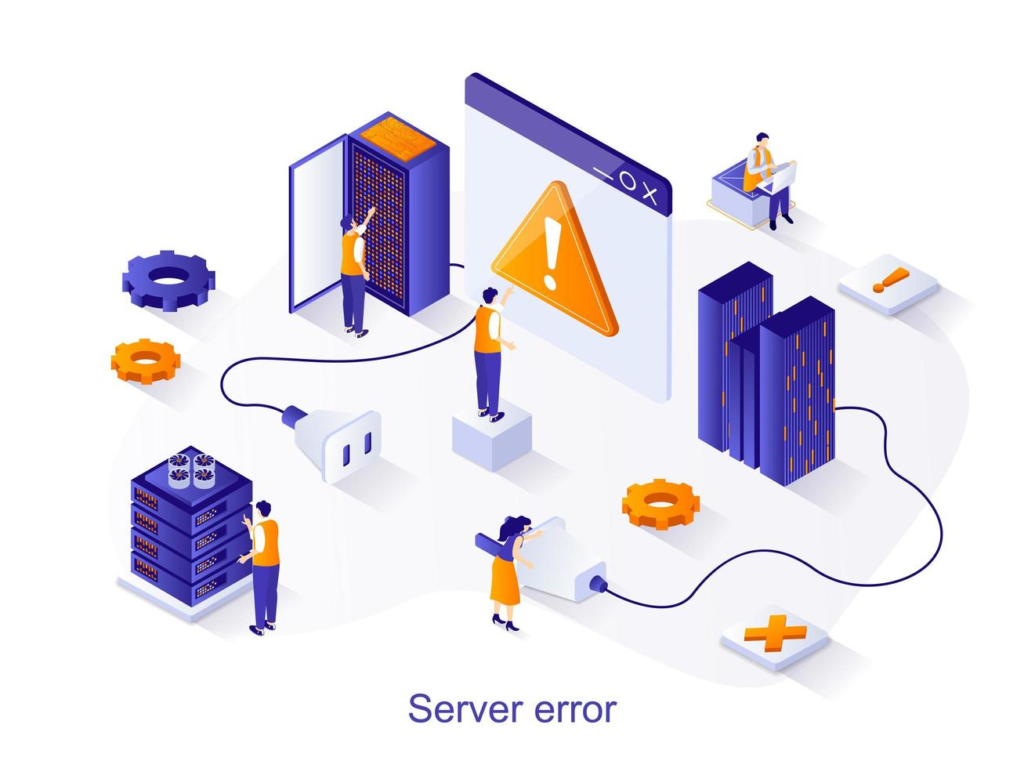OOP is regarded as a classical paradigm in modern software development greatly affecting the maintenance and evolution of any software system. So, OOP principles such as encapsulation, inheritance, polymorphism, and abstraction simplify maintaining and evolving the software solution by supporting the objectives of modularity, reusability, and scalability. The impact of OOP Improving Software maintenance and evolution, throwing light on its merits and demerits.
Understanding Software Maintenance and Evolution
Software maintenance includes the modification of software after its initial deployment to correct defects, improve performance, or adapt it to a changing environment and Software evolution refers to the continuous development and improvement of software to meet new requirements over time. These strategies of maintenance and evolution must be appropriately maintained and relied upon so that the software can last longer, technical debt can be minimized, and user satisfaction can be maximized.
OOP and Its Influence on Software Maintenance

1. Enhancing Code Reusability and Maintainability
One major benefit of OOP is code reusability. With the use of inheritance and polymorphism, developers can make generic classes and extend their functionality as needed, without the need to re-edit the whole code. Maintain ability is decreased by redundancy, which helps in base classes with the changes meaning they are not affecting the dependent components and this preventive action is their escalation in propagation.
2. Facilitating Scalability and Adaptability
The combination of OOP with modular development makes software more scalable. In an OOP-constructed system, every class and object makes its independent entity through which the developers can extend functionalities without necessarily rewriting big chunks of code. Hence, with such modularity, the change would be easy to accommodate into the software with respect to new business requirements and technological developments, thus maintaining a software relevance after some time.
3. Improving Debugging and Testing Efficiency
Software maintenance tasks incorporate debugging and testing. OOP offers a structured approach to organizing the code that supports these activities. Because classes and objects encapsulate specific behavior, testing prepares for more granular testing by using unit tests. Inheritance allows testing frameworks to reuse code in a more functional and automated way in writing automated test cases.
OOP’s Role in Software Evolution

1. Supporting Continuous Development
Software evolution refers to the modifications that occupy the continuance of services, including addition of new features, performance enhancement, and security updates. OOP supports this process with the introduction of new functionalities with minimal effect on existing code. Example design patterns such as Factory Pattern, Singleton Pattern, Strategy Pattern improve the flexibility and maintainability of the software.
2. Enabling Component-Based Development
Contemporary software applications are increasingly programmed based on a component architecture involving a large number of independent modules that interact through well-defined interfaces. OOP is an immediate fit for this development, integrating new components, phasing out obsolete ones, and enhancing system performance along with time.
3. Managing Technical Debt
Whenever quick fixes and inferior design choices have made it hard to modify something in the future, technical debt begins to pile up. Correctly applied, OOP can help reduce technical debt through organized coding, compliance with SOLID principles, and a rigid separation of concerns. But wrong inheritance and over-abstraction on their own can cause complexity, therefore deserving of due diligence in the design practice.

Challenges and Considerations in OOP-Based Maintenance
OOP, with all its advantages, is equally fraught with problems. Overusing inheritance is a sure way to create tight coupling among classes, making modification very difficult. Large systems using OOP practices can become complicated and thus require comprehensive documentation and strict application of best practices for maintainability.
To maximize the benefits of OOP, developers should:
- Instruments to improve code quality follow the SOLID principles.
- Prefer composition over inheritance, when needed.
- Employ design patterns properly to deal with complexity.
- Keep a clear and consistent documentation.
Conclusion
Indeed, Object-Oriented Programming has been a great boon in the area of software maintenance and evolution for developing complex systems into scalable, maintainable, and adaptable systems. If organizations understand the principles and practices of OOP in the best way possible. Then they will be able to reduce maintenance costs, increase the longevity of the software, and support continuous development. However, wise implementations of everything can avoid messy pitfalls like excessive complexity and poorly-done inheritance structures.




Your explanation of how OOP principles like inheritance and polymorphism help with long-term code maintenance was spot-on. It really changed the way I think about writing scalable software.
Great breakdown of how OOP impacts software evolution. Using encapsulation and polymorphism has helped my team integrate new features without major rewrites. This piece should be a must-read for every developer.
I’ve seen firsthand how OOP streamlines updates in large applications. It separates concerns neatly, so changes in one module rarely break another. This article captured that advantage perfectly—especially the real-world examples.
Object-Oriented Programming has made our codebase far easier to maintain. By using clear class structures and inheritance, we reduced repetitive code and improved long-term scalability. Your blog explained these benefits in a very practical way.